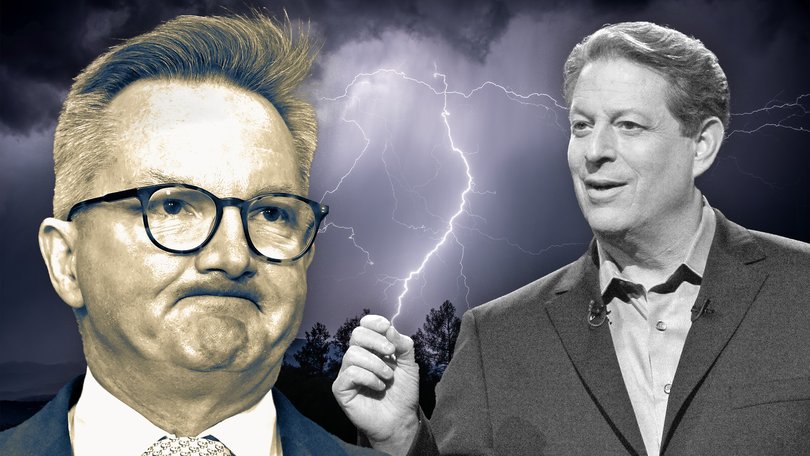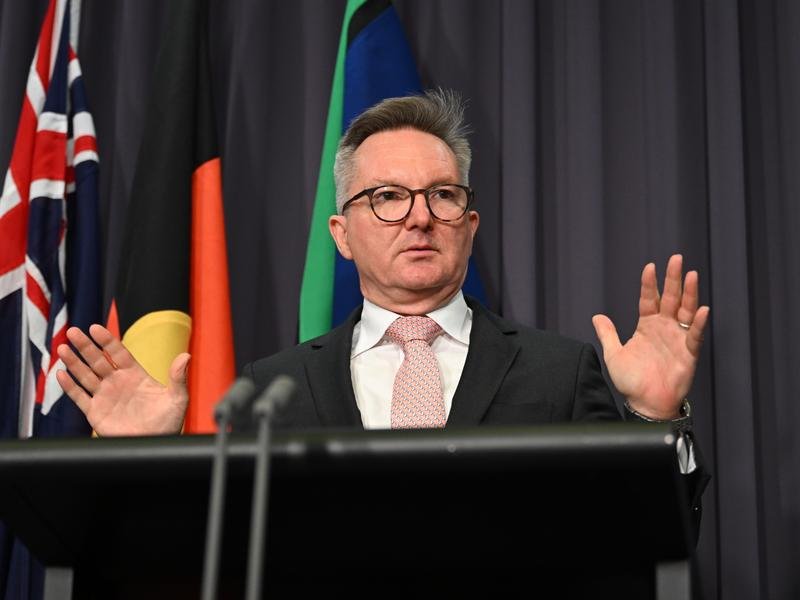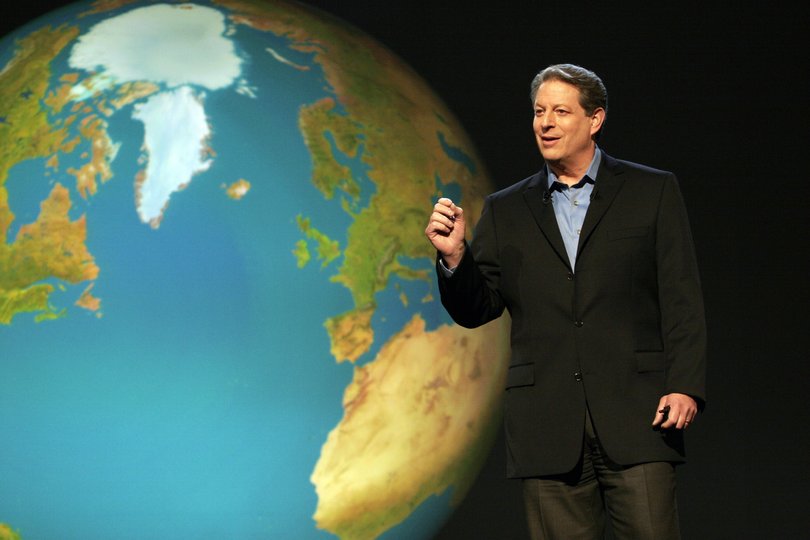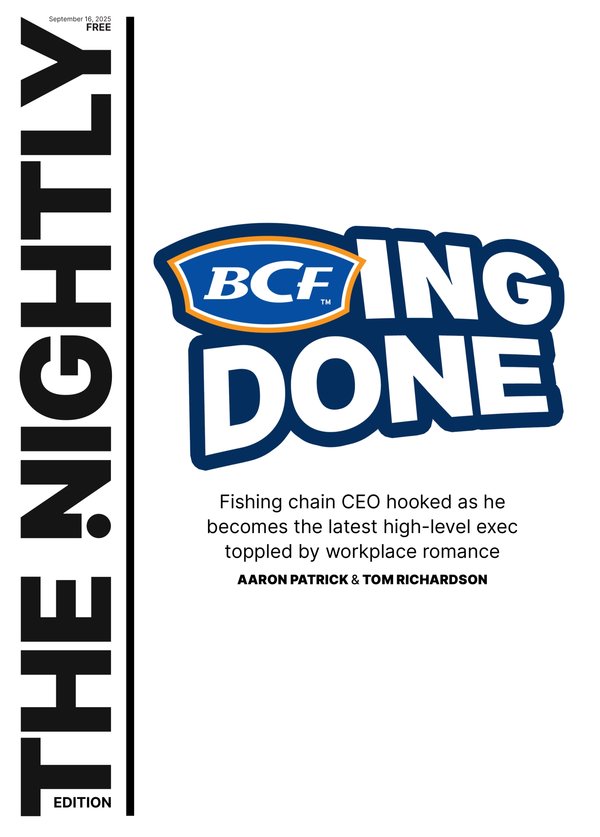AARON PATRICK: Before Chris Bowen warned the world was ending, Al Gore predicted devastation from the sea

In 2006 a former US vice-president produced a remarkable piece of work: a documentary movie so compelling that it influenced governments around the world.
Al Gore’s An Inconvenient Truth wasn’t entirely truthful though. While only the most-hardened sceptics challenge theories that the atmosphere is getting hotter, Mr Gore’s portrayal of global warming as existential threat to humankind was found by a British judge to contain nine important factual errors or exaggerations.
Among them was the assertion that ice melting in west Antarctica or Greenland could raise sea levels 7m “in the near future,” causing economic and environmental devastation around the world. High Court Judge Michael Burton found the inundation, if it happened, would occur over 1000 years.
Sign up to The Nightly's newsletters.
Get the first look at the digital newspaper, curated daily stories and breaking headlines delivered to your inbox.
By continuing you agree to our Terms and Privacy Policy.The mistakes did not matter. Mr Gore was awarded the Nobel Peace Prize. His movie had such a powerful impact it spawned a scientific phrase: The Al Gore effect. To seize the public’s attention, climate experts and advocates realised they had to promote the most dramatic potential consequences of a hotter planet.
The pupil
Among those politicians who learnt the lesson was Chris Bowen, Australia’s climate change minister. On Monday he published an official assessment that made the climate threat sound as bad as a war on the Australian continent.
Rising oceans and floods could threaten the homes and livelihoods of 1.5 million people by 2050, the 284-page report warned. Heat-related deaths could increase 450 per cent in some cities. Large areas of the continent could become uninhabitable. Property prices could take a $600 billion hit.
“It’s important that we don’t gild the lily or downplay its impact in any way,” Mr Bowen said. “We have to be honest with the Australian people.”

1.164 per cent
There’s honesty and there’s disclosure. Mr Bowen is using public advocacy to achieve a policy objective. He wants support for an ambitious target for lowering greenhouse gas emissions by 2035. The higher the target, the more power Mr Bowen will be given to interfere in the economy. A higher target operates like a tax and imposes greater financial costs.
By implying the net zero target will literally save the world, Mr Bowen and scientists and activists in the climate industry wilfully ignore Australia’s tiny global contribution to the problem. The latest figures from his department put Australian emissions at 440 million tonnes, or 1.164 per cent of the 37.8 gigatonnes 2024 total estimated by the International Energy Agency.
The absence of any tangible effect does not resolve Australia of a moral responsibility to help out the world.
Unfortunately, the world does not seem to want to save itself. Emissions keep rising, thanks to coal consumption in China, India, Indonesia, oil in the US and India, and gas in China and much of the developing world.
One reason for a consistent increase in emissions may be a natural scepticism that the end of the world is nigh. Scientists naturally receive a lot of respect. But even they acknowledged in Monday’s report that predicting the future is difficult.
“While advancements in climate models enable the projection of future hazards, projecting future risks remains challenging due to the dynamic interactions between exposure, vulnerability and response,” the document states.
As Mr Gore’s mistakes showed, predictions of extremely serious harm need huge evidence to support drastic, nation-changing policies.

Storylines
Which is why some of the researchers’ methodologies are concerning. On page 37 the report states that the “essential tools” needed to understand climate risk are “socioeconomic pathways, storylines and case studies”.
Storylines is an approach proposed by some climate scientists to help explain how serious the problem is in the absence of compelling physical evidence.
For example: to show the risk of flood in a specific areas, when no applicable forecasting models exist, four Australian scientists last year recommended hiring “experts to develop a narrative that describes changes in rainfall in addition to all other locally relevant factors”.
In other words, make up a story.
Likewise, socio-economic pathways are not techniques to predict the future. They present climate policy as being a choice about economic fairness. Letting free markets decide how to deal with the problem will lead to greater inequality, they argue.
As for relying on case studies to understand how the climate is changing, policymakers might as well follow the directions given by readers commenting on articles like this one.

